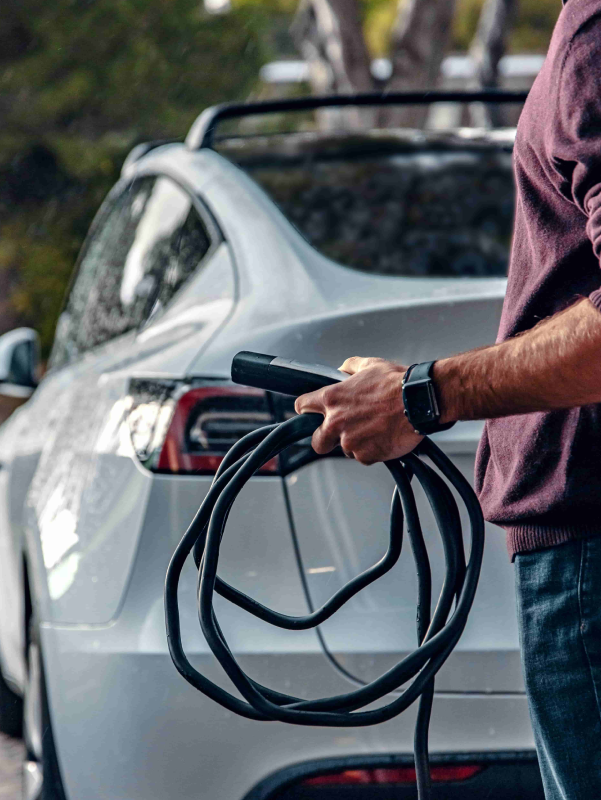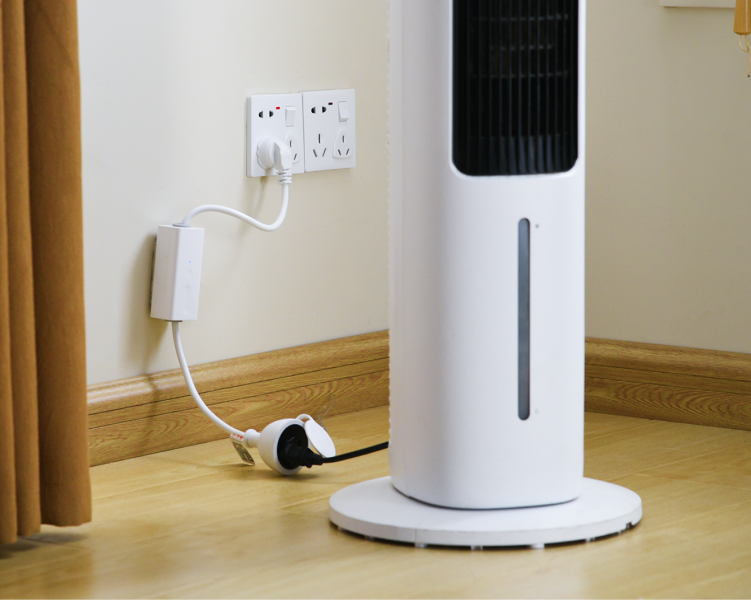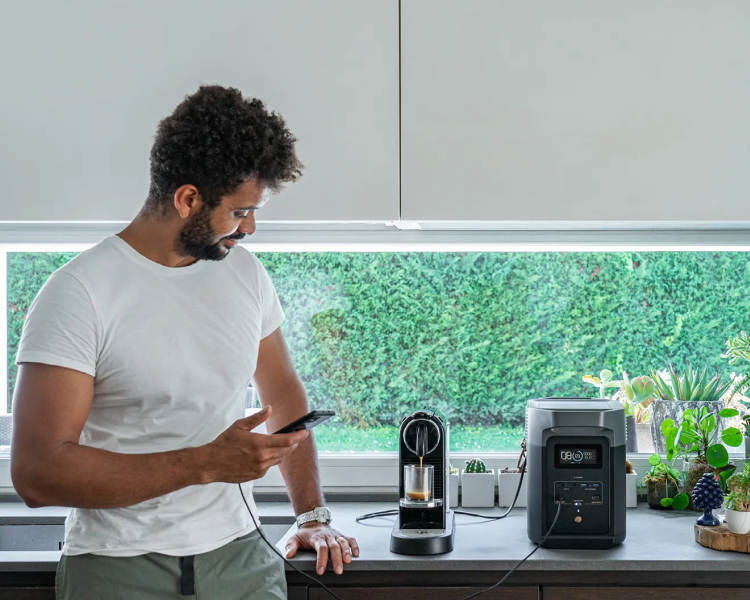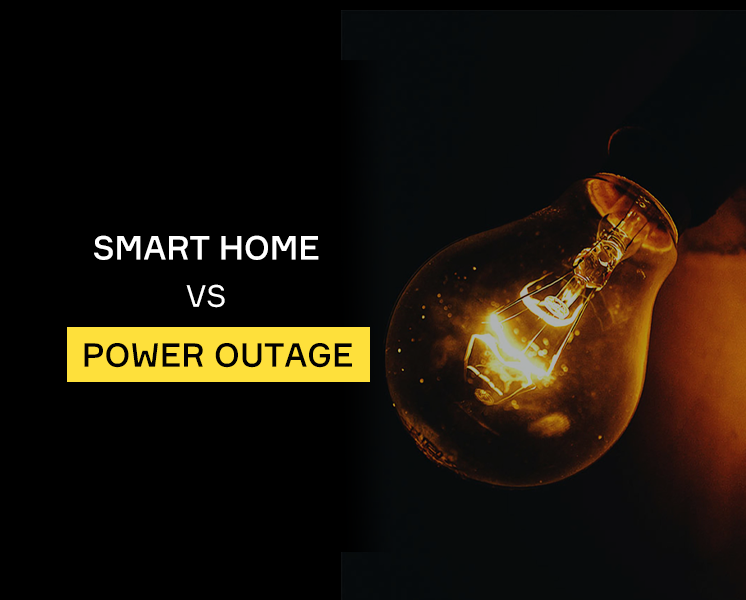In the electric vehicle industry, Tesla is a renowned name. Ever since its debut, the electric car has been so hyped up that it seems like every other person has a Tesla these days.
If you are also new to the world of electric cars, the charging scenario might be a bit confusing for you. Usually, you can charge your Tesla in any EV charging station. While it has less impact on the climate and the environment than fuel-powered cars, there are ways to be more eco-friendly about it.
For example, solar panels are a decent option. Not only is it eco-friendly but also provides the convenience of charging your car at home.
In this article we have tried to break down the charging requirements and how you can find efficient and eco-friendly home charging solutions for Tesla. So, if you are interested, hop along.
- Overview Of Tesla's Charging Requirements, Different Charger Plug Types, And Compatibility For Tesla
- Electricity Consumption For Tesla Charging At Home
- Creating A Diy Energy Monitor With Smart Plugs For A Home Charger
Overview Of Tesla's Charging Requirements, Different Charger Plug Types, And Compatibility For Tesla
If you are a first-time Tesla owner, it’s very easy to get confused and fumble around with all the charging requirements. With so many types of chargers and cables, finding the correct ones for your car model is not exactly easy either.
Usually, there are two types of charging cables or connectors,
- Level 1 connector: 120-volt AC outlet
- Level 2 connector: 240-volt AC outlet
Type 2 is more commonly recommended for Tesla. Paired with a 50 amp circuit breaker, the charging rate is about 37 kilometers per hour.
For the power socket, the capacity has to be at least 16 Amps which is the standard for any high appliances. Even then you should not use a domestic charging socket for charging your car. Only a dedicated and specifically arranged home charging point with a minimum 16 Amp capacity can be used for Tesla charging.
The company recommends using the NEMA 14-50 outlet for their vehicles.
There is another home charging option which is the level 3 connector. The capacity for these connectors is 480 volts and it’s mainly used for supercharging or very fast charging. Even though you can charge your car way faster than usual with level 3 cables, it’s not recommended for regular everyday charging.
Because the charging rate is faster for these connectors they also draw more energy on average so you will be spending more money on energy bills. Plus, level 3 superchargers are DC Cable so they are not as safe as AC Cables.
Overall, for a home charging solution for Tesla, a Level 2 connector with 14-50 Amps is the most suitable option in our opinion.

Electricity Consumption For Tesla Charging At Home
To create an efficient home charging point, first, we need to know how much electricity it takes to charge a Tesla. Usually, it depends on the car model and the size of the battery.
For example, a Tesla model 3 has a battery capacity of 50kWh and needs about 30 kWh on average to charge up to full charge. On the other hand, model X and S variants can even go up to 100 kWh of battery capacity.
Every car usually has a user manual that states how much energy it consumes to go from fully empty to fully charged. However, it may vary depending on the cable type, charger capacity, battery size, etc.

Creating A Diy Energy Monitor With Smart Plugs For A Home Charger
Having a home charger point for Tesla asks for several additional requirements. One of the most important of them is an energy monitor.
Since electric vehicles consume more electricity than any home appliances, any slight issues can hike the energy bills significantly. Which is one of the main reasons you need a separate charging point for them.
Not to mention having an energy monitor for this case has several other benefits as well. Let’s look at some of the main benefits you can achieve with this.
Managing Cost
The key benefit that an energy monitor provides is cost management. Since you can clearly track how much electricity your car is consuming, it gives you more insight on how to be more efficient about it. You can also see how much energy your car needs to be charged back up to full capacity.
Sometimes with high-capacity appliances, the line may need to be fixed and end up drawing a large amount of electric charge unnecessarily. Energy monitors can detect these vampire draws so you don’t waste money.
Efficient Charging Of EVs
With an energy monitor, you can also track whether your car is charging efficiently or not.
Sometimes, the car can’t utilize most of the electricity it’s pulling and charges very slowly. Such a phenomenon indicates that the charging efficiency of the charging point is low. In this case, you might need a higher-capacity charger or different types of cables.
Scheduled And Automatic Charging
Energy monitors are a great tool to take advantage of the off-peak hours. The electricity charge is significantly lower in these hours which is called the time-of-use electricity rate. By scheduling the charging operation during these hours, you can save money on energy bills.
Remote Control
Energy monitors provide remote control over the function of the home charging points such as starting or ending the charging operation, managing scheduled charging, seeing your car’s battery percentage, etc. It’s a great advantage to be able to remotely control these no matter if you're home or not.
Now you don’t need to buy an expensive new energy monitor just for this sake. Instead, you can create a DIY energy monitor with simple smart plugs. For example, we can take the EVVR Energy Monitoring Smart Plug & Relay.
EVVR smart Plugs have all the necessary features needed for an energy monitor. So, it’s one of the most suited products for such use.

Some of these features include,
- Capability With High Power Appliance
It’s designed for both low and high-power appliances up to 16 Amps. So, it’s easily compatible with any home charging point.
- Designed With Safety Measures
The smart plug comes with both overload protection and over-temperature protection, minimizing the chance of short circuits and electrical fires. It’s very important to keep both your house and car safe from any electrical hazard while charging.
- Energy Efficient
EVVR smart plug operates on 90% less energy than most standard relays. So you’ll be spending only a few bucks on electric bills in exchange for all the benefits it provides.
- Real-Time Energy Monitoring
It can track the energy consumption of your connected appliances with great accuracy. Additionally, it can also predict the energy usage rate so you can have more insight into the overall energy efficiency of your Tesla.
- Ease Of Installation
Moreover, the smart plug is very easy to install which is suitable for such DIY projects. You just need to plug it in with the appliances and it’s good to go. They also take up very small space so it doesn't stand out much.
Overall, the EVVR Energy Monitoring Smart Realy is the perfect tool to customize a DIY energy monitor for your home charging point because you can connect your power to the smart relay which acts as an customized energy monitor.
Conclusion
Setting up a domestic or home charging point for your Tesla is a great investment in the long run. It saves money and provides the convenience of charging your car home. Plus, you wouldn’t need to leave your car at the EVs station for long.
Additionally, setting up an energy monitor with a home charger can boost the energy efficiency greatly. Hopefully this answers all your questions about eco-friendly home charging solutions for Tesla. For more information, contact us.












